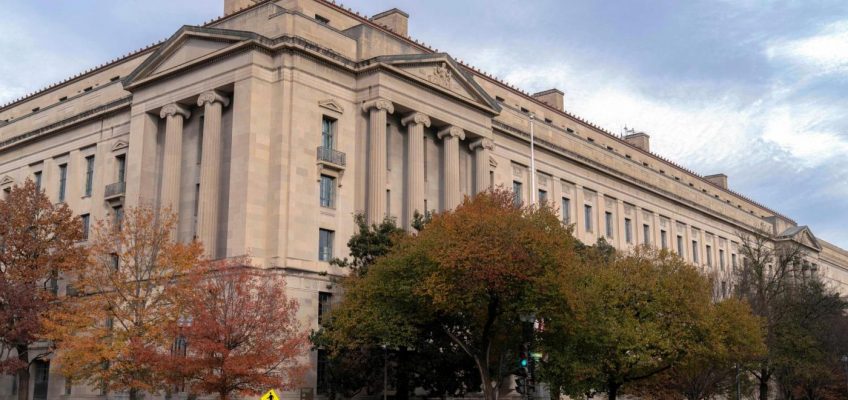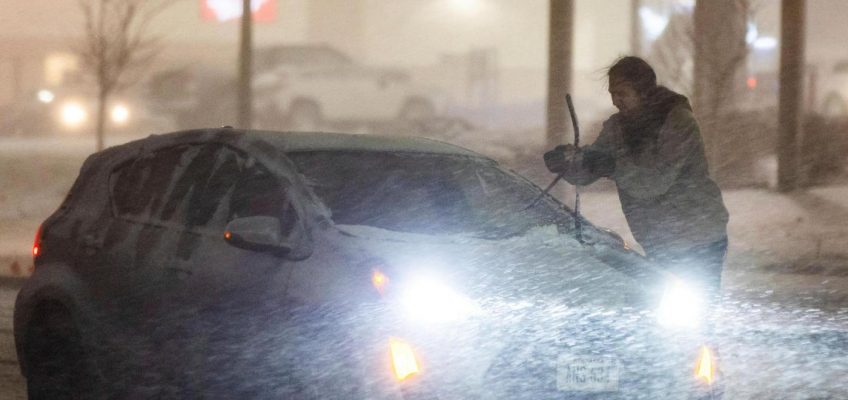By ERIC TUCKER
WASHINGTON (AP) — Ten Chinese hackers have been charged alongside two Chinese law enforcement officers in a global hacking campaign that targeted dissidents, news organizations and U.S. agencies, the Justice Department announced Wednesday.
The hacking by workers of I-Soon was done in some cases at the direction of China’s Ministry of Public Security, which received the stolen information and selected targets for the intrusions as part of what U.S. officials say was a massive intelligence-gathering operation.
Among the targets of the hacking was the U.S. Treasury Department, which disclosed a breach by Chinese actors late last year.
I-Soon is part of a sprawling industry in China, documented in an Associated Press investigation last year, of private hacking contractors are companies that steal data from other countries to sell to the Chinese authorities.
Over the past two decades, Chinese state security’s demand for overseas intelligence has soared, giving rise to a vast network of these private hackers-for-hire companies that have infiltrated hundreds of systems outside China.
Related Articles
‘Anora’ dominates with five Oscars, including best picture
RFK Jr. canceled flu vaccine meetings. What does that mean for fall shots?
Supreme Court seems likely to rule for Ohio woman claiming job bias because she’s straight
A Texas child who was not vaccinated has died of measles, a first for the US in a decade
Tough rhetoric over immigration escalates between Trump and mayors in St. Paul, Chicago




